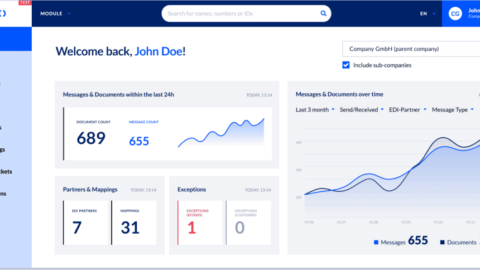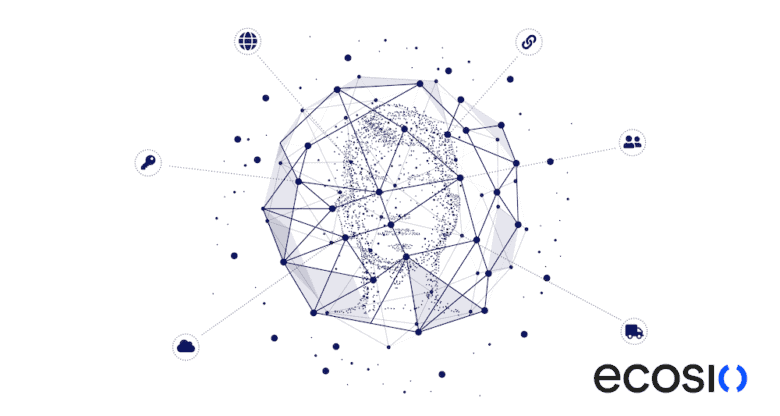1 minute read
Meet Martin & co.!
Martin and his colleagues are on an never-ending journey to solve their EDI woes. Will they ever find a successful solution? What obstacles will they face? And will Martin ever...

3 minute read
Germany Commits to Making B2B E- invoicing Mandatory
By passing the Growth Opportunities Act, Germany is taking a big step towards mandatory e-invoicing. Find out what this means for you.
White Paper

Building Connections That Work - The ecosio Approach

4 minute read
Feature Focus: Managing ERP Partner Users in the ecosio.monitor
In this article we explain how to manage ERP partner users in the ecosio.monitor and the benefits this functionality can deliver.

7 minute read
Feature Focus: Messaging Operations in the ecosio.monitor
In this article we break down the various functionalities within the message overview and message details areas of the ecosio.monitor.

6 minute read
How to Achieve B2B Process Automation Success
B2B process automation projects can be daunting. In this article we explore what you can do to ensure your project is a success.

8 minute read
What Makes a Good EDI Dashboard?
A good EDI dashboard is central to successful B2B interactions. In this article we explore the key qualities of an effective solution.
9 minute read
EDI Invoicing: Common Questions Answered
EDI invoicing is becoming increasingly integral to success. In this article we explore some of the top questions on this topic.

8 minute read
How External Invoicing is Changing the Game
With invoicing requirements changing fast, more and more companies are outsourcing invoicing tasks to an external provider. Find out why!

9 minute read
The AS2 EDI Protocol Explained
The AS2 EDI protocol is critical to B2B connections across the world. In this article we explain how it works and what it offers.

8 minute read
ViDA: What Is It and How Will It Affect You?
What is ViDA, what changes will it bring and who will it impact? In this article we explore all of these questions and more.
Top Stories
